January
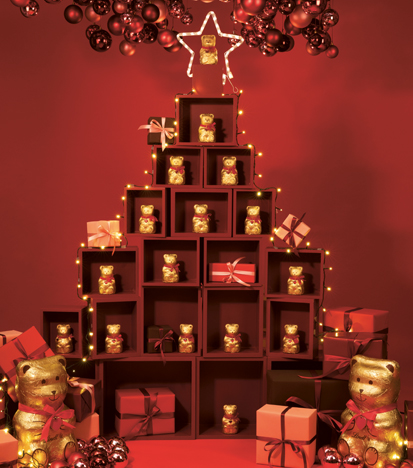
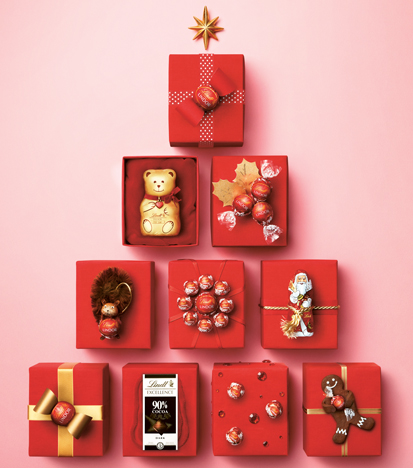
New Year
Russia Global
Three Holy Kings
Spain
February
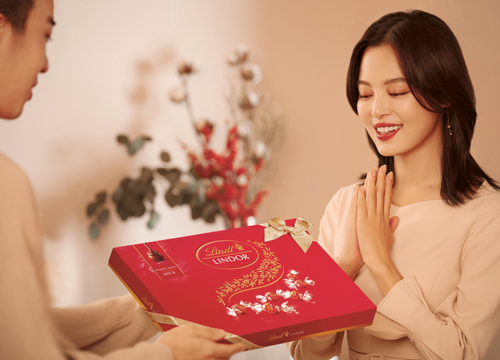
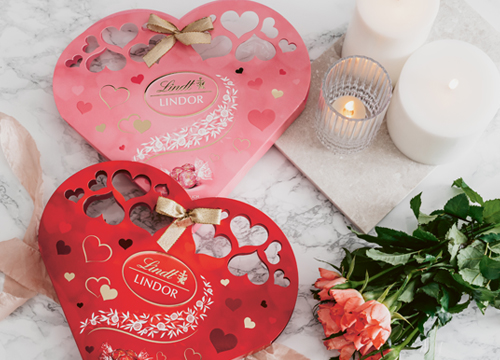
Chinese New Year
China Asia
Will you be my Valentine?
Global
March


International Women’s Day
Russia Global
White Day
Japan
April
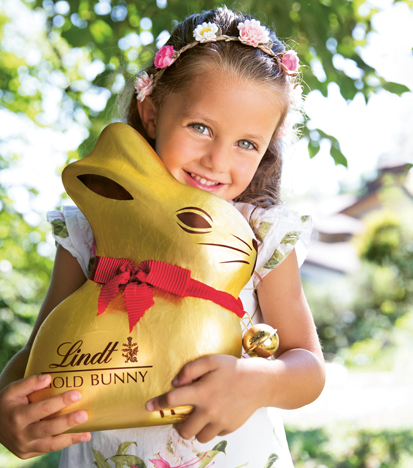
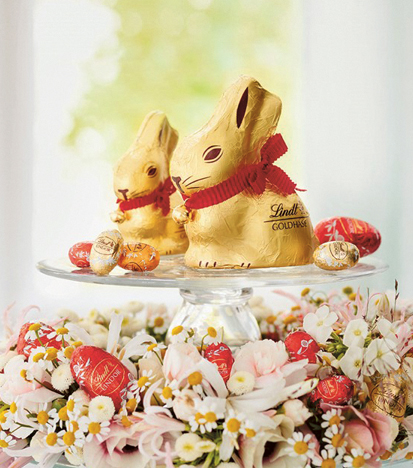
Happy Easter
Global
Easter Bunny
Global
May
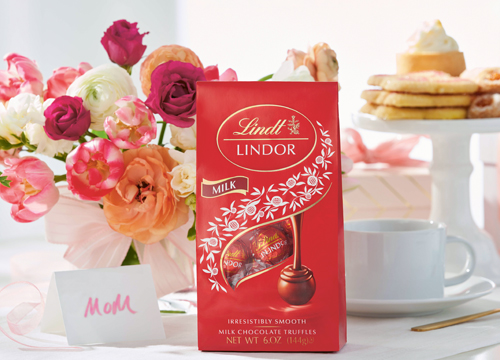

Mother’s Day
Global
Celebrating love
China
June
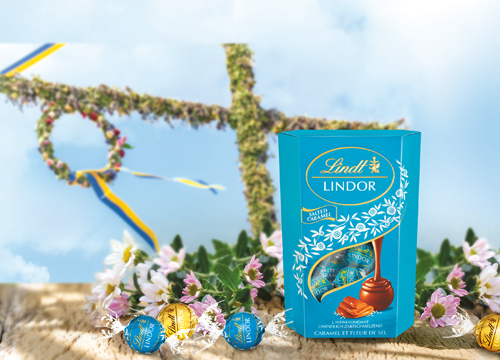
Midsummer Festival
Sweden Scandinavia
July
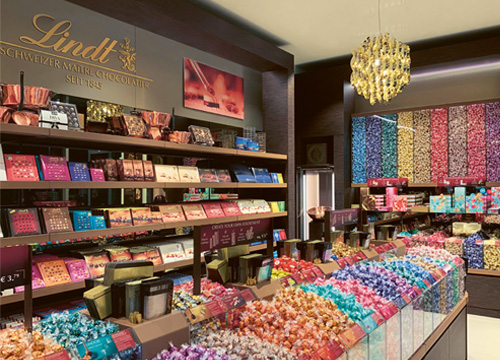
World Chocolate Day
Global
August

National holiday
Switzerland
September
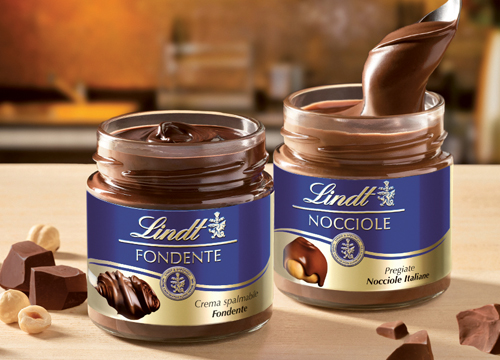
Off to school!
Global
October
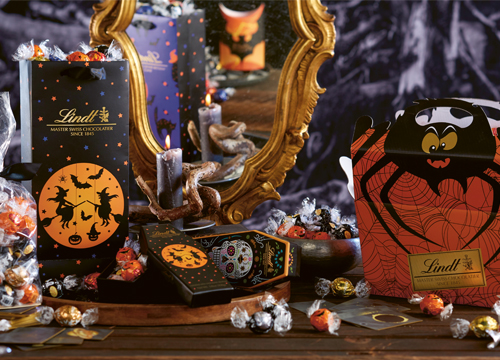
Halloween
USA Global
November
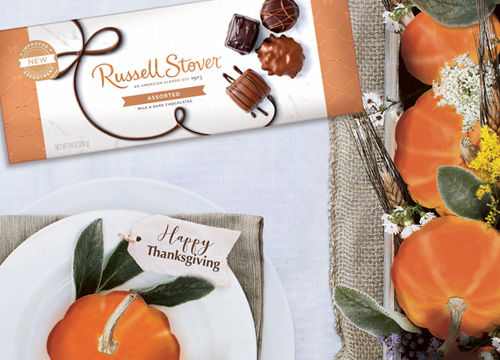
Thanksgiving Day
USA
December
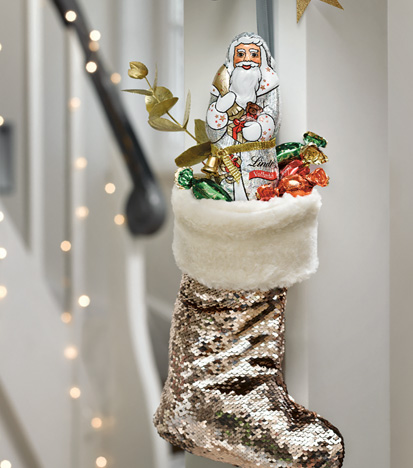

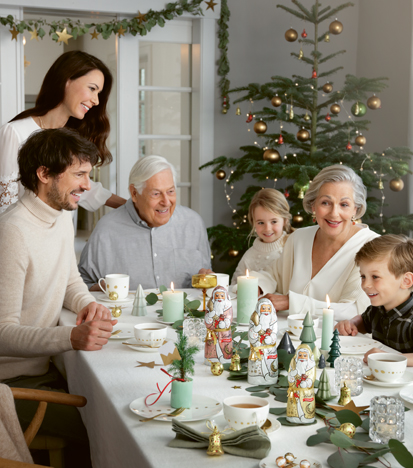
Sinterklaas
Netherlands
Nikolaus
Switzerland Germany Austria
Happy Holidays!
Global

